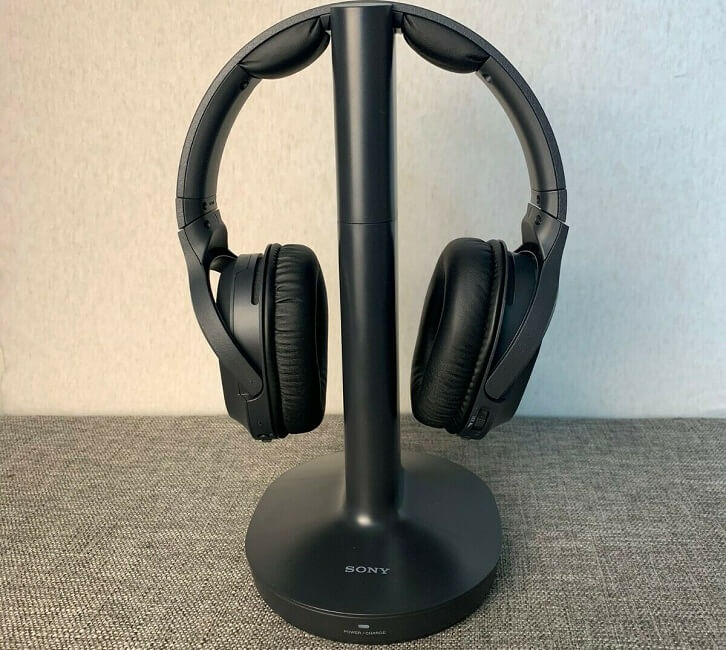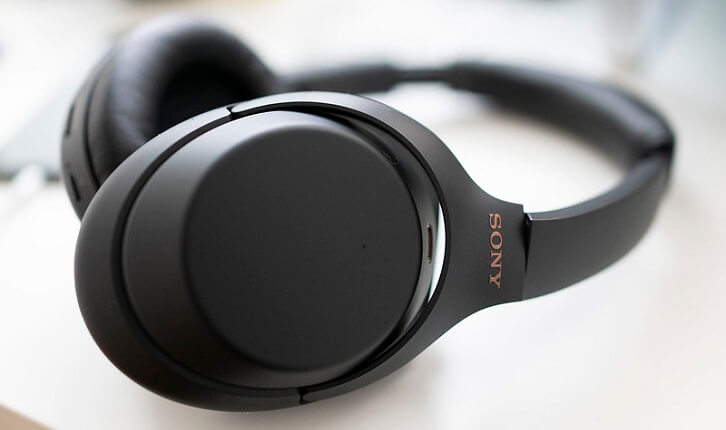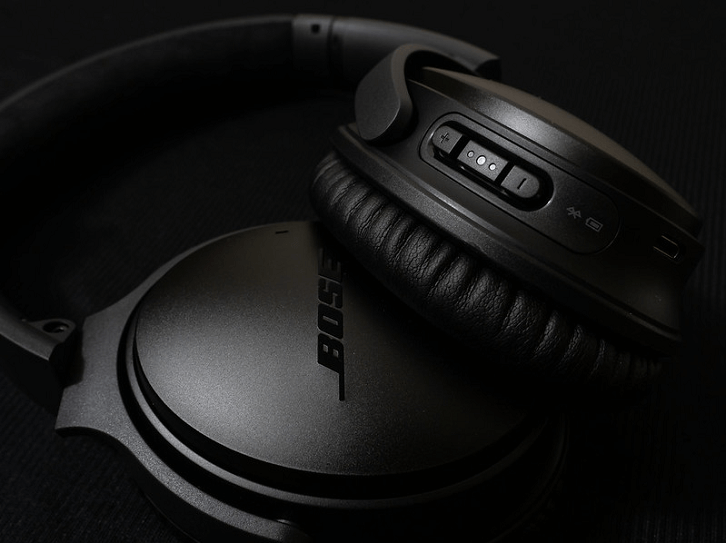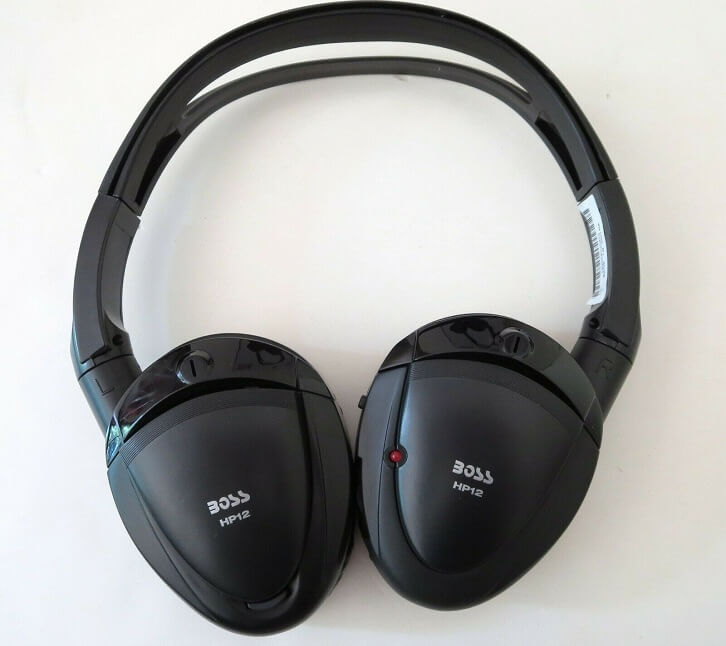How to Charge AirPods Without a Case
Discover the truth about how to charge AirPods without a case. Uncover myths, find alternatives, and safeguard your audio experience.
Wireless headphones for watching TV can be divided into radio frequency (RF) headphones, Bluetooth (BT) headphones, and infrared (IR) headphones. Compared to wired headphones, wireless headphones offer versatility and several other advantages. One major advantage of wireless headphones is you can enjoy watching your TV without having to sit close to the screen.
However, which wireless technology should you choose for your TV headphones? In this post, we compare IR, BT, and RF headphones. By the end of this article, you will be equipped with the necessary knowledge, plus the pros and cons of each technology to make an informed decision.
PROS: Higher transmission range of over 100 meters, the signal cannot be blocked by walls or other objects, one transmitter can connect an unlimited number of headphones
CONS: Susceptible to Interference
Examples: Sennheiser RS120, Sony WHRF400R, Insignia – NS-HAWHP2, Sennheiser RS 175 RF
Radiofrequency or RF for short is an alternating current that is transmitted to an antenna, an electromagnetic field is generated. This electromagnetic field is then used for wireless communication. The electromagnetic field is called an RF field or a radio wave.
To connect RF headphones to your TV set, you need two kinds of equipment. One is the transmitter and in this case, it will be the docking station and a receiver, which is usually in the headphones. You will require to RCA or 3.5mm to RCA adapter cables to connect the receiver to your TV set.

Sony RF400 Wireless Home Theater Headphones for Watching TV (WHRF400)
Compared to other wireless technology like Bluetooth and Infra-Red, RF headphones have a long line of transmission. Their transmission distance can range over 100 meters. Apart from a long transmission distance, radio frequencies are also not blocked by barriers and can move through walls without degradation in audio or connection quality. Because of these characteristics, RF headphones are best if you are looking for a group audio experience, like watching TV or a silent disco (more headphones recommendations for silent disco here).

Sennheiser RS120 RadioFrequency Headphones
Are RF headphones safe? If you are wondering about the health implications of using RF headphones such as cancer and other diseases, then you should stop worrying. The RF energy produced by these headphones is typically far below the levels needed to cause any effect on the body or brain. There are also no scientific studies that prove RF technology from headphones or headphones themselves can cause brain damage or other health effects including cancer, headaches, or memory loss. However, studies are ongoing and government agencies such as the FDA continue to monitor the results of tests done.
One disadvantage of RF headphones is interference. Interference occurs when other wireless devices and electronics like microwaves compete on the 2.4 GHz frequency. RF headphones will pick up the signal of these devices mistaking it for the original signal. This causes static noise or a buzz that you will hear from the headphones.
PROS: Wide adoption, always evolving, cheap technology, ease of connectivity
CONS: Audio interference
Examples: Bose QuietComfort II, Sony WH1000XM3, Avantree Audition Pro
Bluetooth is a type of radiofrequency and the most common wireless headphone technology around. Most of the devices, headphones, or earphones in the market come with Bluetooth connectivity. Why is Bluetooth so popular, how does Bluetooth headphone work, and what are its advantages and disadvantages?
Bluetooth is popular because it is a standardized protocol. It works at a lower radio frequency of 2.4 GHz and the ranges vary depending on the Bluetooth version. Bluetooth version 4.0 (see also Sennheiser HD 4.40 BT wireless review) and lower have a range of about 10 meters, while the latest Bluetooth 5.0 has a range of about 30 meters.

Sony Noise Cancelling Headphones WH1000XM3
For Bluetooth to work with your headphones, your audio device or TV should be Bluetooth compatible, and it should also be powered on and discoverable. Depending on your headphone, press the pair button, and you should successfully establish a connection. The advantage of Bluetooth is that you can connect to any Bluetooth enabled device eliminating the need for a transmitter. However, in case your TV set is not Bluetooth compatible, you can get a Bluetooth transmitter and connect it to your RCA output ports and pair it to your headphones.

Bose QuietComfort 35 II
The main advantage of using Bluetooth headphones over infrared and radio frequency headphones is adoption and adaptation. Bluetooth is widely adopted in many devices and is considered the standard in wireless communication. With wide adoption, Bluetooth is has evolved and is better understood by engineers and designers. This has resulted in hardware and software inventions, which have also brought down the cost and time of designing Bluetooth headphones.
Like other wireless technologies, Bluetooth headphones also have their disadvantages. First, because Bluetooth operates on radio frequency, Bluetooth headphones will also experience interference which can be heard as hissing or popping sounds. Unless your Bluetooth headphones support Bluetooth Low Energy (BLE), you can be sure it will drain the battery life of your playback device. The transmission range is also mostly very low unless your headphone supports BT 5.0.
PROS: Not affected by other radio transmissions, sound quality, privacy
CONS: Limited range, clear line of sight, not good for outdoor use
Examples: Sony MDR-IF245RK, SIMOLIO Wireless Car Headphones, BOSS Audio Systems HP12
Infrared headphones, abbreviated as IR headphones work by connecting to audio playback devices via infrared signals. To establish a connection, IR headphones just like RF headphones require a transmitter, which is also the docking station, and a receiver that is built into the headphone.
However, unlike other wireless headphone technologies, IR headphones work by utilizing light-emitting diodes (LEDs) from the transmitter to the receiver in the headphones. Once you connect the transmitter to your TV set, it sends a beam of pulsating invisible light to the receiver in the headphone. Once they reach the receiver, they are translated into audible sound waves. This is the same technology that TV remotes use.

BOSS Audio Systems HP12 Infrared Foldable Wireless Headphone
Like a TV remote, infrared headphones require a clear line of sight, which means the transmitter has to be lined up with the receiver in the headphones for successful audio transmission. With evolving technology, it is not a must that a person should be directly in front of the transmitter to connect successfully. Other models also feature a tri-directional receiver in the headphone the connection is not broken when the user turns his head away from the transmitter.
IR headphones are preferred for listening in private since the headphones can be used without interference or overlapping with other signals. IR headphones are preferred in professional settings such as classrooms, boardrooms, or the courtroom. However, they are not good for outdoor use because sunlight weakens infrared waves. Infra-red headphones usually have a transmission range of about 10 meters.
| WIRELESS HEADPHONE | RANGE | INTERFERENCE | REQUIRES TRANSMITER |
|---|---|---|---|
| RADIO FREQUENCY (RF) | ~100 meters | Yes | YES |
| BLUETOOTH (BT) | ~10/30 meters | Yes | NO |
| INFRARED (IR) | ~10 meters | No | YES |
Deciding which wireless technology to use with your TV should not be hard. In this article, we have provided guidelines you can use to better make up your mind. Factoring in your preferences, plus the advantages and disadvantages of each technology will help you choose a good headphone for watching TV (see also here our top pics for tv headphones for seniors).